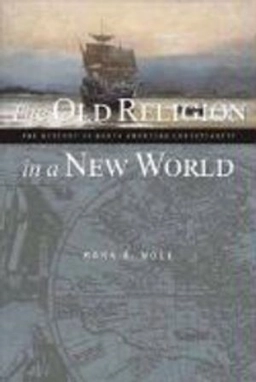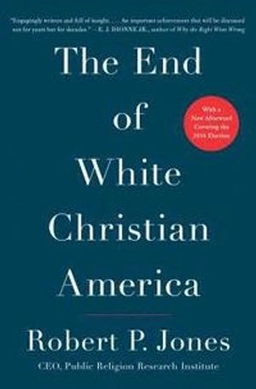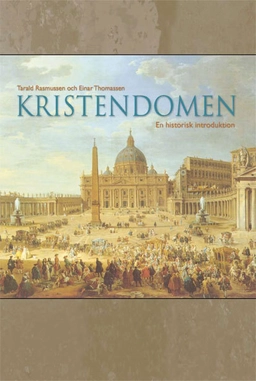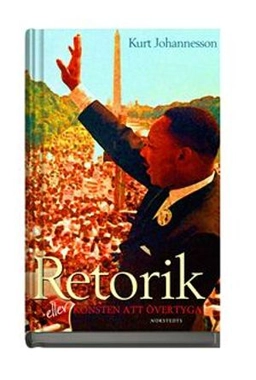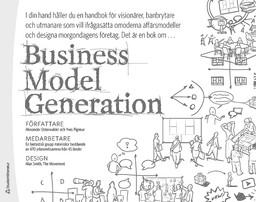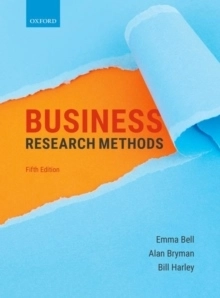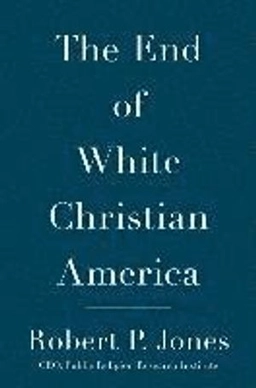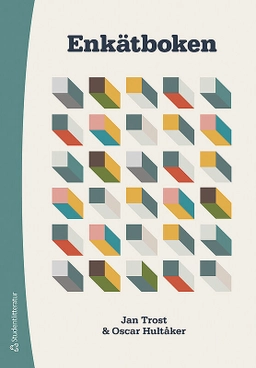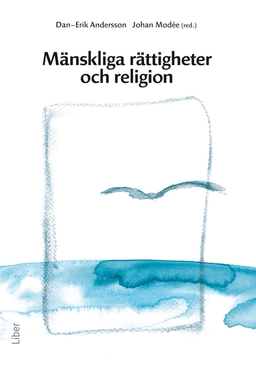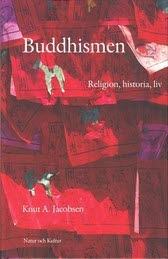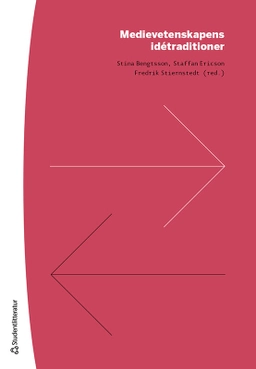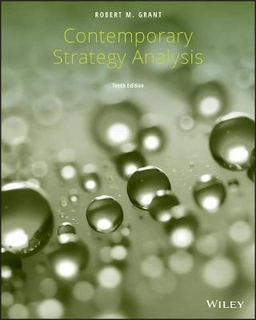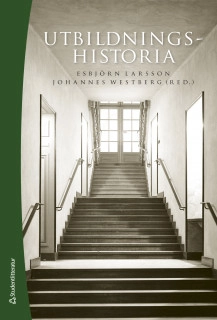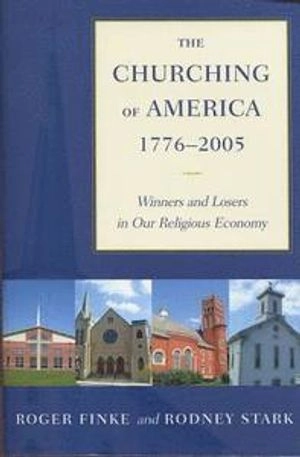

The churching of America, 1776-2005 : winners and losers in our religious economyUpplaga 2
- Upplaga: 2a upplagan
- Utgiven: 2005
- ISBN: 9780813535531
- Sidor: 368 st
- Förlag: New Brunswick, N.J. Rutgers University Press
- Format: Häftad
- Språk: Engelska
Om boken
Åtkomstkoder och digitalt tilläggsmaterial garanteras inte med begagnade böcker
Mer om The churching of America, 1776-2005 : winners and losers in our religious economy (2005)
2005 släpptes boken The churching of America, 1776-2005 : winners and losers in our religious economy skriven av Roger Finke. Det är den 2a upplagan av kursboken. Den är skriven på engelska och består av 368 sidor. Förlaget bakom boken är New Brunswick, N.J. Rutgers University Press.
Köp boken The churching of America, 1776-2005 : winners and losers in our religious economy på Studentapan och spara uppåt 43% jämfört med lägsta nypris hos bokhandeln.
Referera till The churching of America, 1776-2005 : winners and losers in our religious economy (Upplaga 2)
Harvard
Oxford
APA
Vancouver
